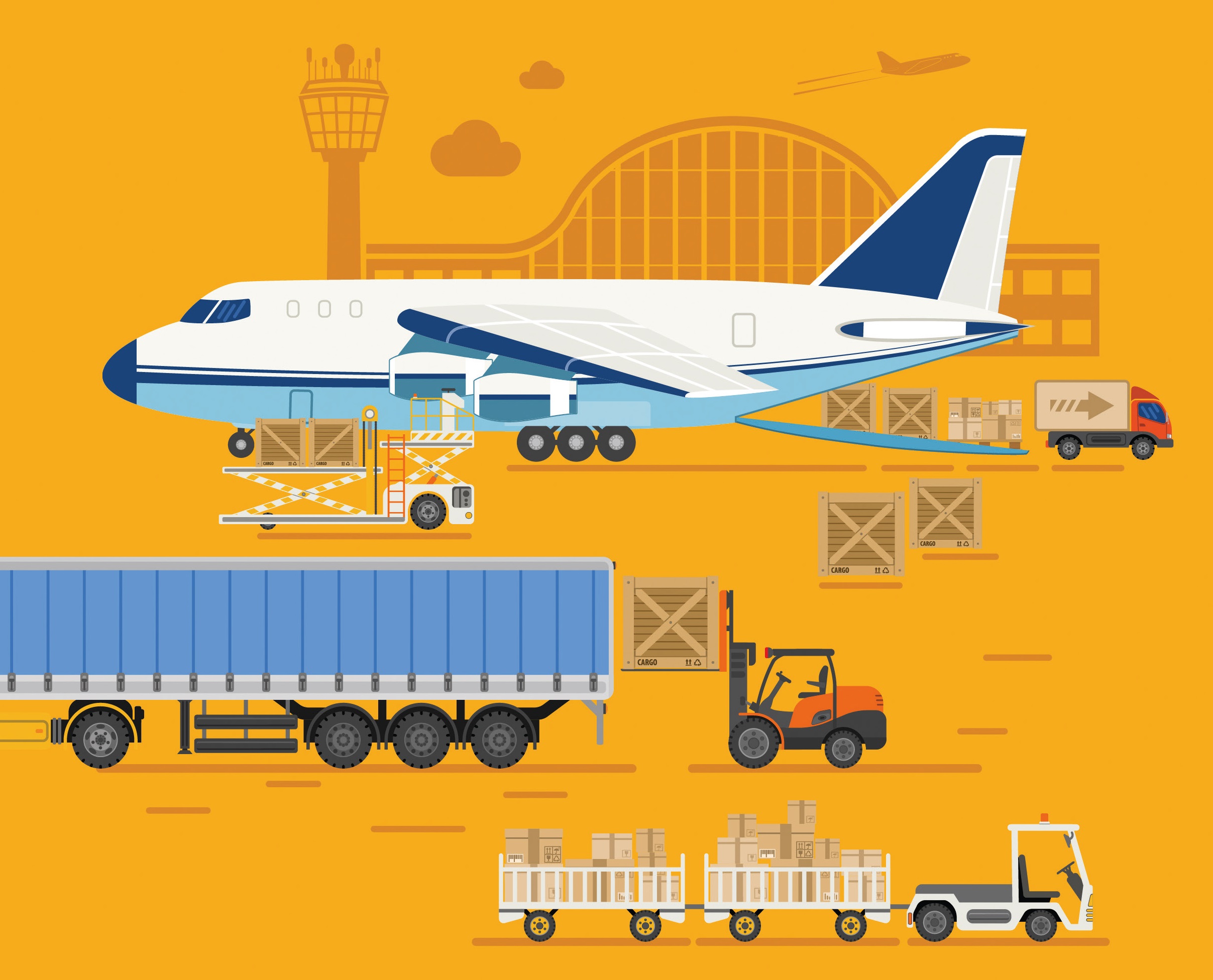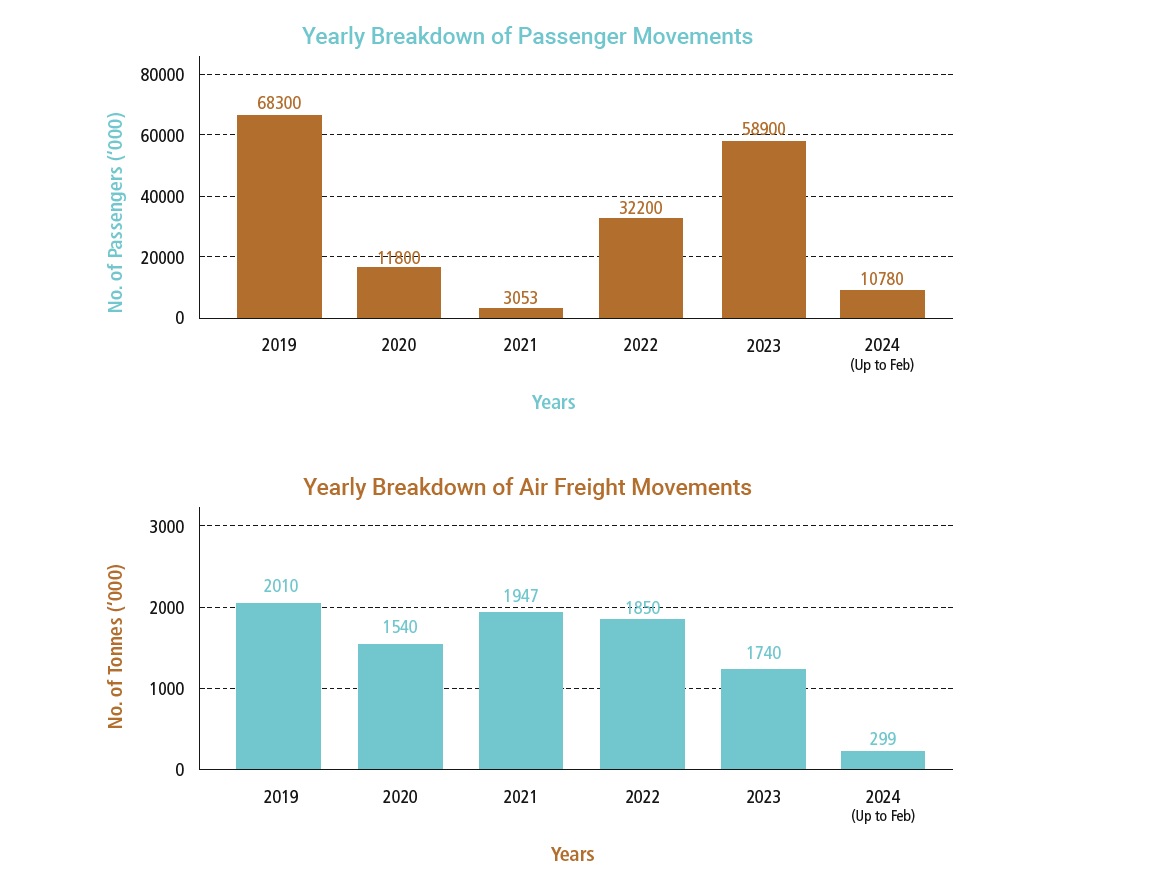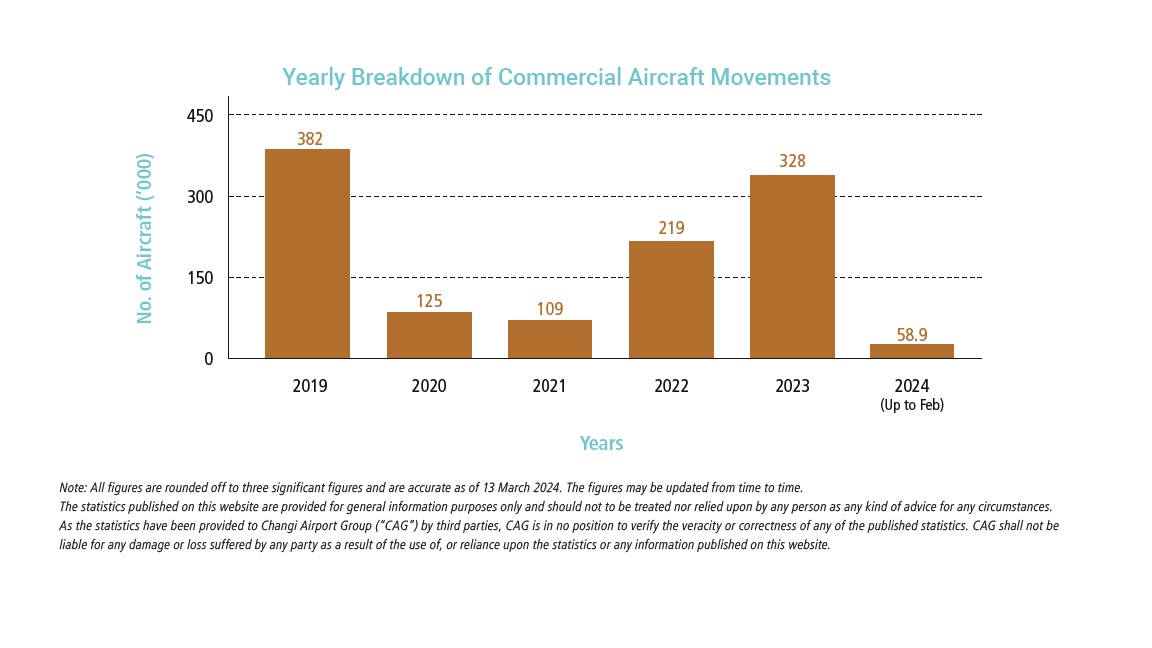
Despite political and economic challenges, 2023 saw air cargo markets regain ground lost in 2022 after the COVID peak in 2021.
“Although full year demand was shy of pre-COVID levels by 3.6 per cent, the significant strengthening in the last quarter is a sign that markets are stabilising towards more normal demand patterns,” said Mr Willie Walsh, Director General of International Air Transport Association (IATA).
The IATA also released the data showing that global air cargo kicked off to a strong start in 2024 with an impressive 18.4 per cent increase compared to January 2023 levels.
This significant upturn marks the highest annual growth in cargo tonne-kilometers (CTKs) since the summer season of 2021.
The IATA reported that capacity, measured in available cargo tonne-kilometres (ACTKs), was up 14.6 per cent compared to January 2023 (18.2 per cent for international operations). This was largely related to the growth in belly capacity. International belly capacity rose 25.8 per cent year-on-year (YoY) on the strength of passenger markets.
Air Cargo — Critical for Global Economy
At the World Cargo Symposium held in March 2024 in Hong Kong, Mr Brendan Sullivan, IATA’s Global Head of Cargo underscored that “air cargo is critical for the global economy” and “it improves people’s lives”.
“During the pandemic, collectively we brought medical supplies and vaccines to where they were needed. Air cargo delivers humanitarian aid in the wake of natural disasters such as earthquakes and floods. And today it is a vital alternative to Red Sea shipping lanes that face geopolitical disruptions,” he elaborated.
The 58 million tonnes of air cargo delivered in 2023 accounted for 35 per cent of the value of goods traded internationally.

Harnessing the ONE Record capability
“And with volumes now firmly back to pre-pandemic levels the challenge is to ensure that our growth is efficient, safe, and sustainable,” he added.
Efficiency will rise many notches up with the adoption of ONE Record which boasts of the seamless sharing of digital information. By January 2026, all IATA member airlines will aim to have the ONE Record capability and conduct all cargo processing digitally. The implementation of ONE Record marks a major shift towards efficient data exchange all through the supply chain.
Some 80 per cent of cross-border e-commerce is handled by air cargo. According to a forecast by McKinsey, between 2022 and 2026, the Southeast Asian market is projected to triple at a compound growth rate of 22 per cent and will reach around $230 billion in gross merchandise volume. The booming e-commerce market will be a significant driver demand going forward. The ONE-Record capability will go a long way to open wide the door of opportunities for growth and to meet the air cargo demand.
Singapore—Ready for Next Era of Aviation
IATA estimates that over the next 20 years, the industry will grow at about 3.3 per cent per annum. Asia Pacific is likely to lead the markets with growth around 4.5 per cent per annum during that same period.
Against this backdrop, Singapore continues to invest in growing the Singapore Air Hub.
The air transport industry, including airlines and its supply chain, are estimated to support US$22.1 billion of GDP in Singapore. By around 2030, Singapore is expected to have 5 passenger terminals, 8 airfreight terminals and 3 runways. As one of the world’s busiest port for international air cargo, the Republic is ready for the next era of aviation.
The Changi East Industrial Zone is expected to double Singapore’s air cargo handling capacity from about 3 million tonnes per annum today to up to 5.4 million tonnes per annum.
The growth in the transport of pharmaceuticals by air has propelled Singapore’s reputation as the Top Pharmaceutical Importer and Exporter in Southeast Asia in 2023 by air trade value. With a total of 12 companies certified under the IATA Center of Excellence for Independent Validators for Pharmaceutical Handling (CEIV Pharma), Singapore has the largest number of CEIV Pharma certified companies in Asia Pacific with 4 of 5 Global Top Pharmaceutical Companies by Revenue having facilities in the Republic.
Pharma@Changi, formed by Changi Airport Group together with its air cargo partners, prides itself in having temperature-controlled environment throughout the airport cool chain; over 375,000 tonnes of annual cool chain handling capacity (by cargo handlers) with state-of-the-art temperature-controlled infrastructure and equipment; trained and experienced cool chain specialists and unparalleled air connectivity and multi-modal solutions.
Sustainability and Growth
At the Changi Aviation Summit 2024, Minister for Transport and Second Minister for Finance, Mr Chee Hong Tat, underscored that sustainability will be central to the future of aviation.
The International Civil Aviation Organization (ICAO) has adopted a goal of achieving net zero carbon emissions for international aviation by 2050. Through the use of cleaner fuels, the ICAO and its Member States agreed to a collective global aspirational vision to reduce international aviation emissions by 5 per cent by 2030.
“Singapore is also committed to realising our net-zero emissions target by 2050. Our approach is to enable the aviation sector to grow and achieve environmental sustainability concurrently – not choosing one or the other but we want both – so that future generations can continue to enjoy the benefits of flying. We do not see growth and sustainability as mutually exclusive goals; we believe we can achieve both via sustainable growth,” Minister Chee said.
Singapore Sustainable Air Hub Blueprint
The Singapore Sustainable Air Hub Blueprint, launched at the Summit, sets out Singapore’s action plan for the decarbonisation of its aviation sector. It is part of the strategy to make the Singapore Air Hub more competitive, resilient, and sustainable.
Under the Blueprint, the Civil Aviation Authority of Singapore (CAAS) will work with aviation stakeholders to reduce domestic aviation emissions from airport operations by 20 per cent from 2019 levels (404ktCO2) in 2030 and achieve net zero domestic and international aviation emissions by 2050.
To achieve these goals, CAAS will roll out 12 initiatives across the airport, airline, and air traffic management (ATM) domains to decarbonise the Singapore aviation sector. CAAS will also put in place five enablers to create the conditions for the effective implementation of these decarbonisation initiatives. These enablers include policy and regulation, industry development, infrastructure planning and provision, workforce transformation, and international partnerships and collaborations.
“To achieve net zero by 2050, the use of sustainable aviation fuel (SAF) will be critical,” Minister Chee pointed out. “Our goal is to gradually raise the SAF target from 1 per cent in 2026, to between 3 per cent and 5 per cent by 2030.”
CAAS has rolled out a S$50 million Aviation Sustainability Programme to support sustainable aviation projects; build up sustainability capabilities in the workforce; and establish the Asia-Pacific sustainable aviation centre.
Through the Blueprint, Singapore also hopes to be a pathfinder and convenor for cross-sectoral and public-private partnership, to work with other countries and international organisations to support sustainable aviation growth.
Describing air cargo as an inspiring sector, Mr Sullivan commented that for any industry to survive, change is essential.
“And constant change for anyone is never easy. But it is absolutely worth it when that change delivers 60 million tonnes of cargo which powers economies, improves peoples’ lives and genuinely makes our world a better place. And that is what inspires us to make our industry more efficient, ever safer and on target for net zero carbon emissions by 2050.”

